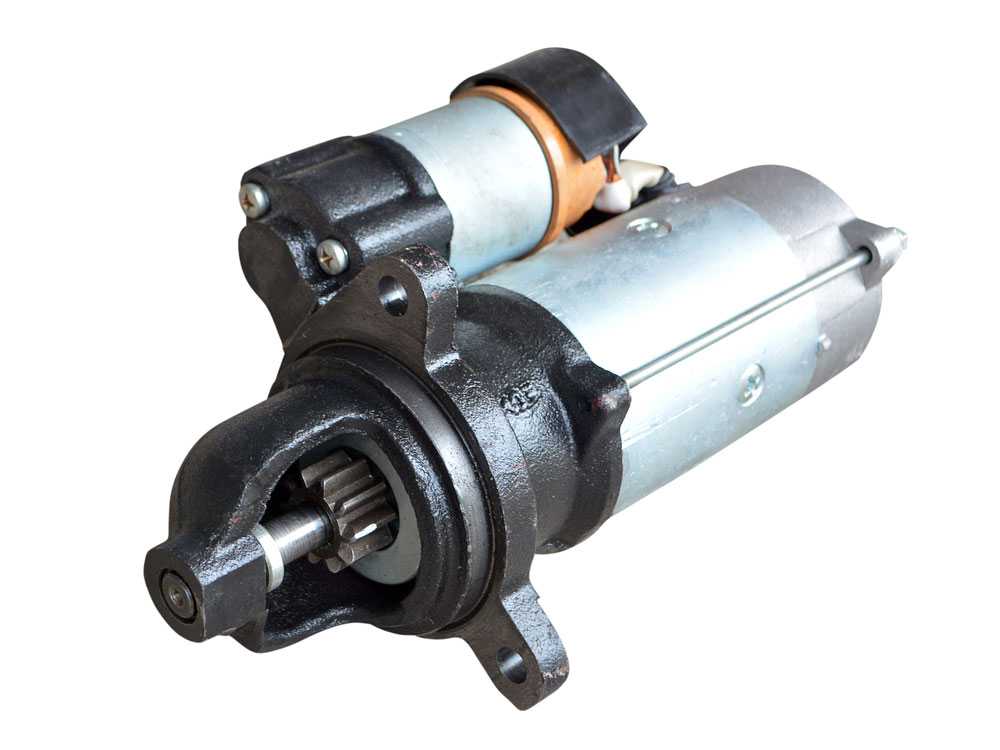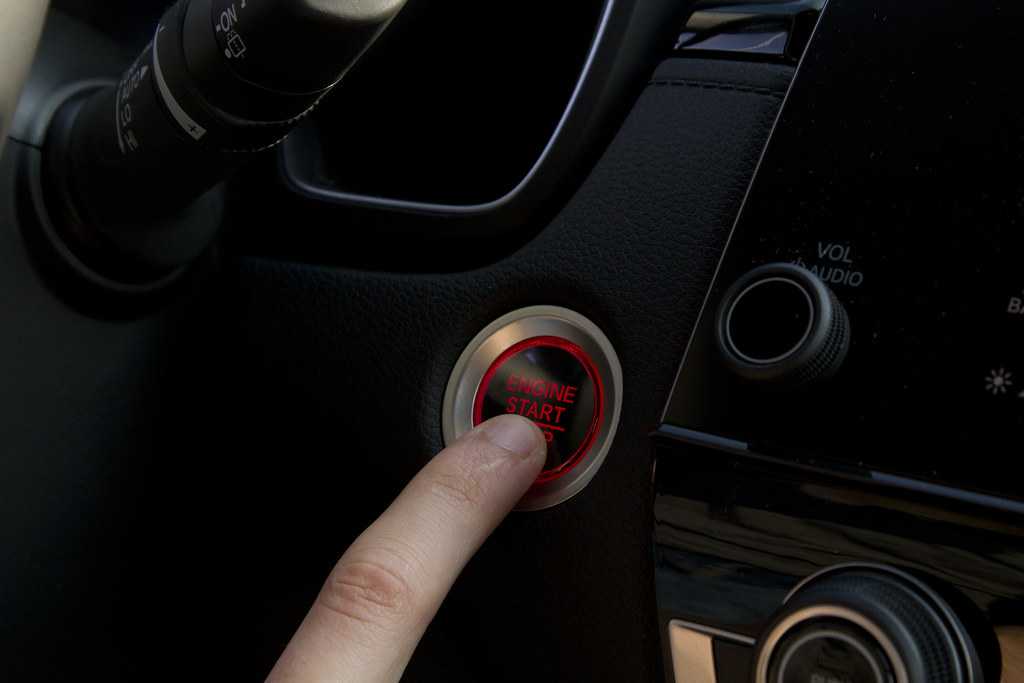To understand how a car starter works, it’s a good idea to be clear why it needs to work. The idea is simple. An engine can’t start itself. An internal combustion engine needs to turn over and allow airflow inside to combust the fuel and get your car running. To do that, it needs a starter.
To move the entire mass of the vehicle by turning over a considerably large engine isn’t simple. That’s where the starter motor comes in and activates a chain of actions with just a press on the ignition switch or turning the key. These sequences ultimately lead to the engine kicking in to let you drive the car.
Contents
How a Car Starter Works: Detailed Explanation
Starter motors are an exceptionally durable automobile part consisting of two cylindrical components, one larger than the other. The smaller part is the solenoid and the other is the electric motor, containing an armature (the rotating part) connected through carbon brushes in series with several field coils. The coordinated mechanics of the two components determine how a car starter works.
Mechanism of a Car Starter
An electric terminal is connected to the solenoid part to supply 12V of electricity from the car battery when you turn the key or press the ‘Start’ button. As the ignition turns on, the 12V is triggered, causing the solenoid plunger to move outward. The solenoid plunger is essentially an electromagnet. The activation of 12 volts with the ignition key energizes the field coils or field windings inside it. It results in moving down the plunger and pushing the pinion gear out through a lever.
The outward movement of the plunger uses a ring underneath its shaft to bridge the solenoid contacts between two terminals on its sides. The bridge, with the help of carbon brushes, then connects the battery power to the starter motor. So, the motor rotates through the principles of electromagnetism. A motor output gear causes the rotation output to go through a gear reduction. It then drives the final pinion gear, which is at the other end of the solenoid, to turn the engine over.
SEE MORE
With the turning of the electric motor, the outside of the casing is grounded. This completes the circuit and engages with the flywheel or flexplate attached to the crankshaft. As a result, it provides rotational motivation that turns over the engine to start the combustion process.
Starter’s Functions In a Nutshell
This is how a car starter works: a small electric trigger in the solenoid part pushes forward a plunger that propels out the pinion gear. The plunger also establishes contact with the electric motor part containing an armature designed to rotate electromagnetically. The rotation output then proceeds to the pinion gear to engage it with the flywheel. This action provides rotational motivation for turning over the engine.

Several bearings and gears inside the solenoid and the electric motor parts cause electromagnetic forces to propel the plunger, rotate armature inside the motor and lock the pinion gear with the flywheel.
And finally…the electromagnet stops, and the starter disengages once the engine turns over. The rod goes back to the starter, taking the pinion gear out of contact with the flywheel. This prevents damage that may result from the engine spinning the starter too fast.



